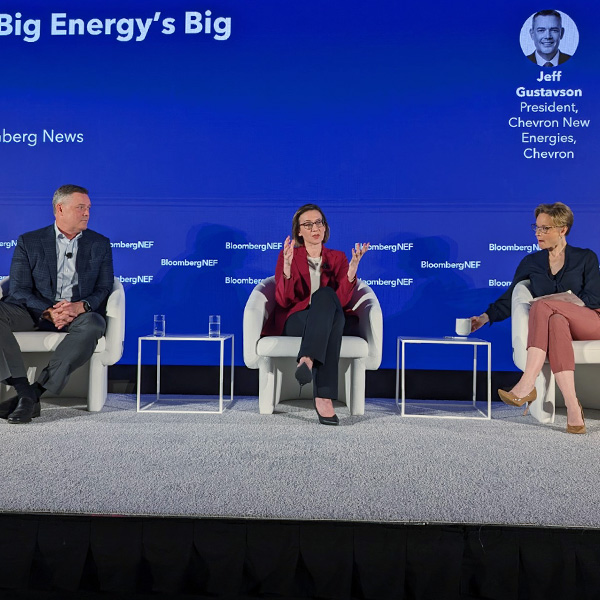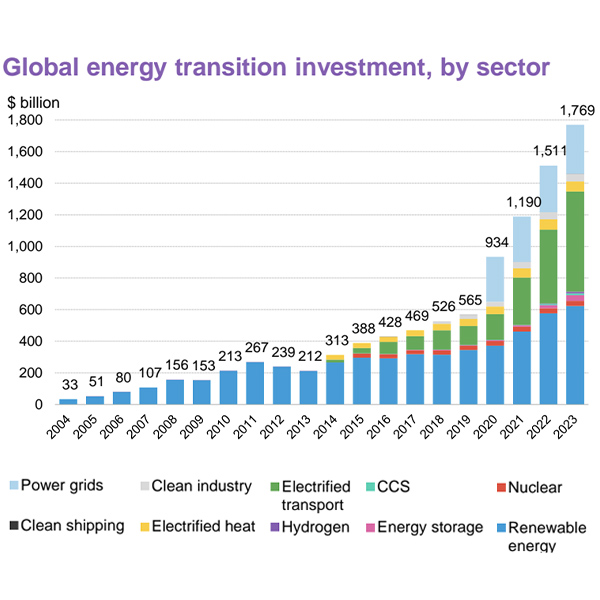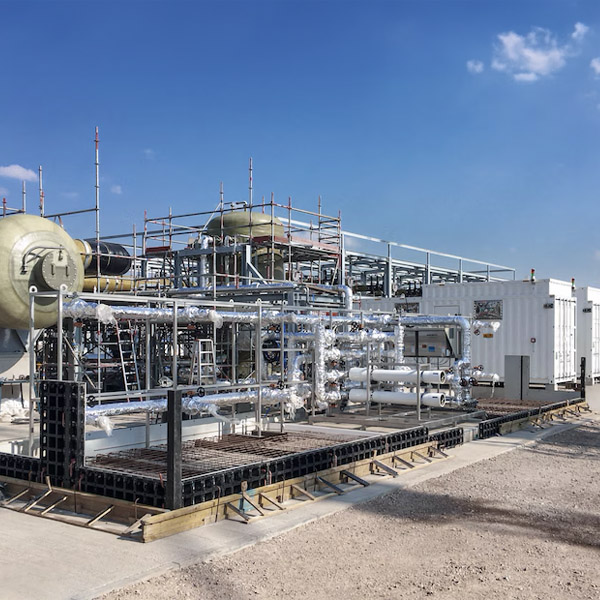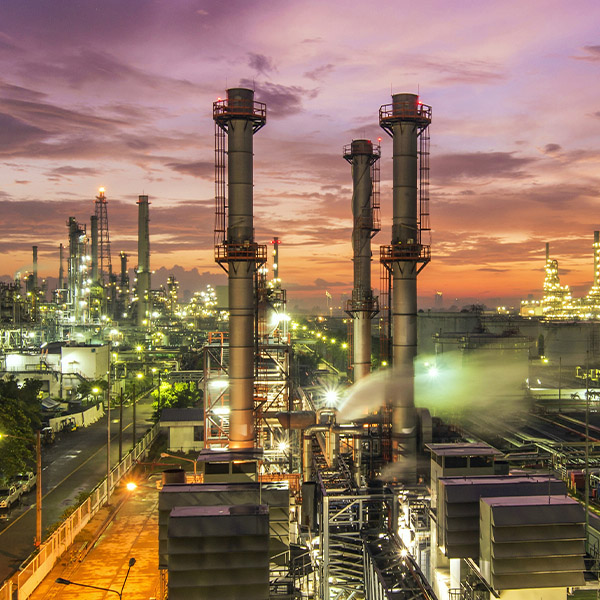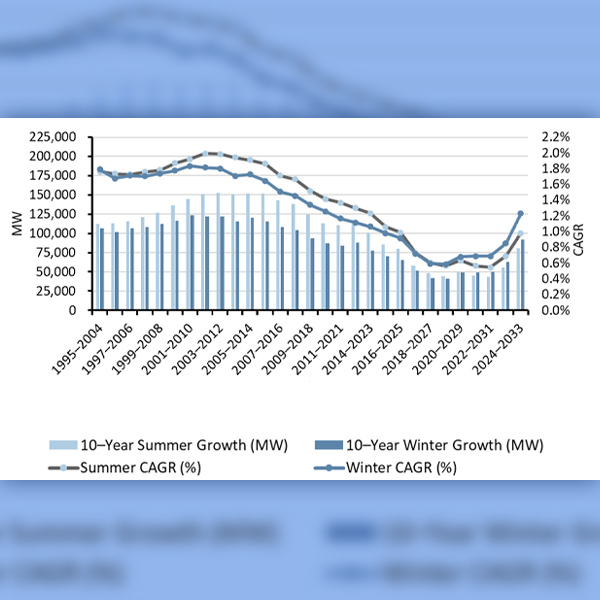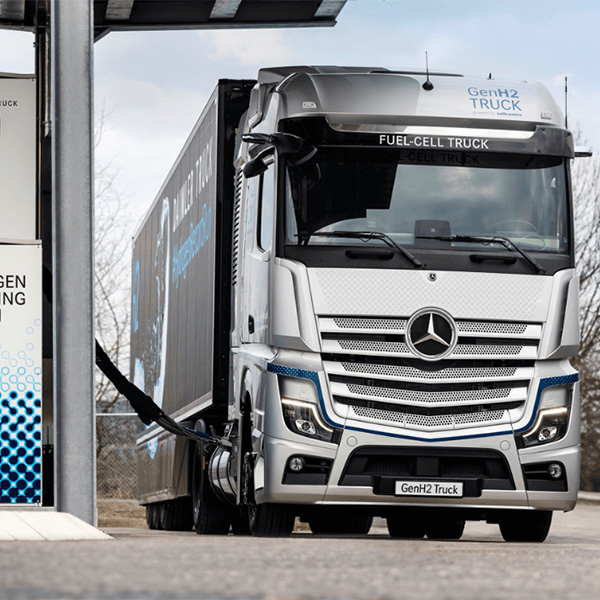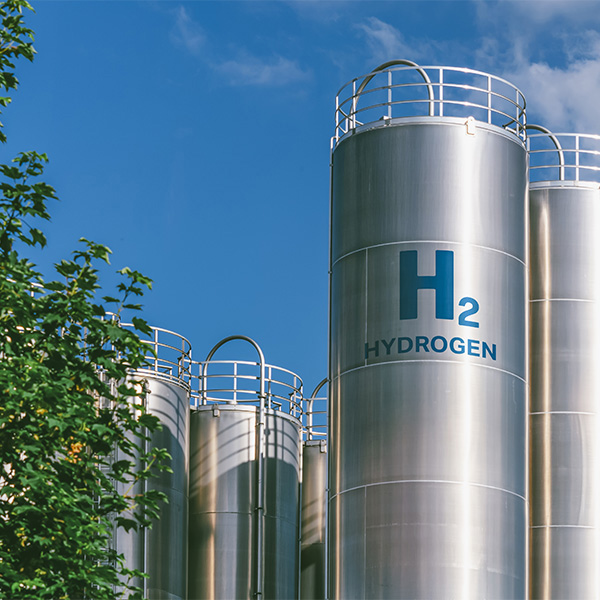Hydrogen
A series of presentations and panels at the BloombergNEF Summit provided a measure of the industry’s success in crafting a narrative based on a “balanced” and well-paced transition that includes cutting egregious emissions and scaling carbon capture and storage technologies.
Global investment in passenger electric vehicles was up 36% in 2023, investment in energy storage jumped 77%, and investment in carbon capture and storage nearly doubled.
A California legislative committee has passed a raft of energy-related bills, including legislation focused on grid-enhancing technologies, hydrogen and data centers.
Wind, storage, solar and hydrogen make advances and face challenges in New York state.
The U.S. Department of Energy announced $6 billion in funding for 33 projects that are meant to help decarbonize difficult-to-abate, energy-intensive industries.
The Washington Post’s warning that “America is running out of power” lacks context and distracts us from the real work at hand, says columnist Steve Huntoon.
The DOE's funding announcement is part of the administration’s effort on clean hydrogen, seen as an emerging technology that offers the U.S. an opportunity to lead the global market.
The California agency is buying six hydrogen-powered passenger trains, building on an earlier order of four of the zero-emission vehicles from Stadler Rail.
The funding will put a total 7,500 EV chargers at locations, from multifamily housing developments in New Jersey and Maryland, to public libraries in California to remote villages like Haines, Alaska.
Hydrogen producers seeking tax credits will need to use new clean energy time-matched to demand, the Biden administration proposed.
Want more? Advanced Search
